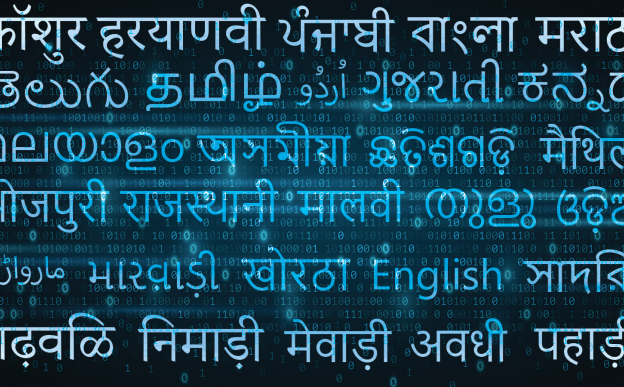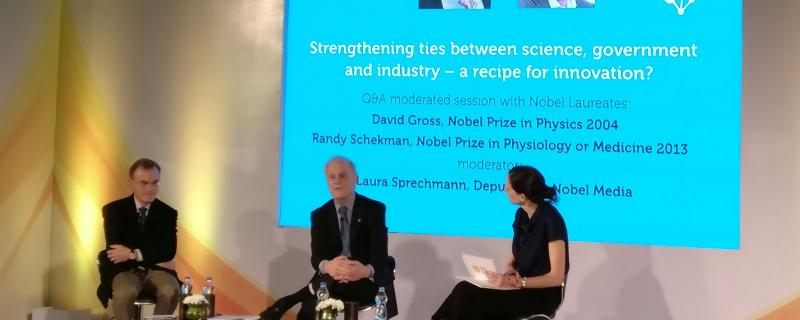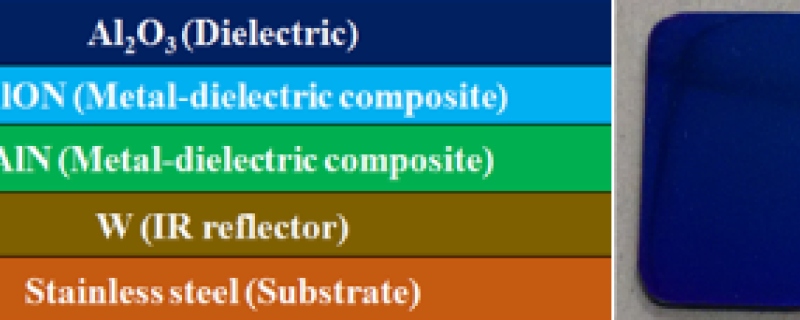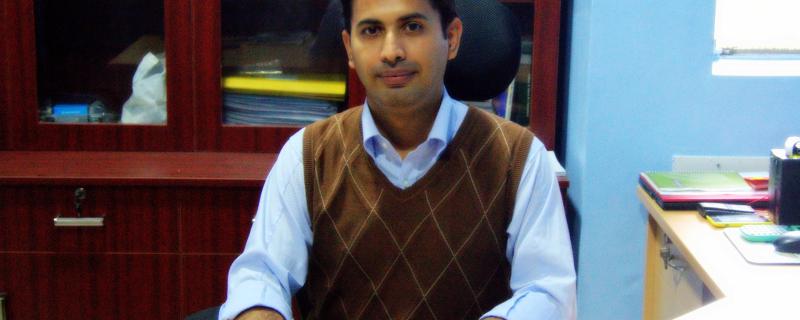The Nobel Prize Series India 2017, in the last leg of its program, witnessed Nobel Laureates Prof. David Gross and Prof. Randy Schekman actively engage in a Q&A session at ITC Gardenia this morning. After attending the grand inauguration of the Nobel Exhibition by the Hon’ble Prime Minister Narendra Modi, at Science City, Ahmedabad on 9th January, the visiting laureates engaged in the Nobel Dialogue, held as a part of Vibrant Gujarat Summit at Mahatma Mandir in Gandhinagar.
ఐఐటీ బాంబే, ఐఐటీ మద్రాస్ మరియు ఐఐఐటి హైదరాబాద్ పరిశోధకులు కలిసి ఆంగ్లం నుండి అనేక భారతీయ భాషలకు స్పీచ్-టు-స్పీచ్ యాంత్రిక అనువాదం (SSMT) వ్యవస్థను రూపొందించారు.
ముంబై/




